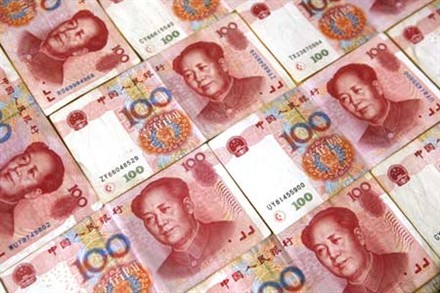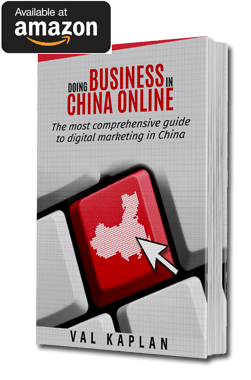Almost every international brand can be found in China nowadays with some achieving unprecedented success while others still remain barely known. What factors determine success or failure of those brands? Which marketing strategies work and which don’t and why? What exactly should be taken into account in order to make a successful market entry? The right answers to these questions make the whole difference between stellar success and miserable failure of a brand.
One of the most interesting studies on this subject was conducted by Deloitte back in 2010 but the conclusions remained largely unchanged today. They have surveyed 2,000 consumers in 8 different cities to learn their buying preferences and brand perceptions. What makes this study even more valuable is the fact that it recognizes and analyzes differences between 5 tiers of Chinese cities.
As expected, not only spending power was different between 5 tier cities, so was consumer behaviour and preferences. Knowing and understanding those differences would have significant implications for marketing strategies affecting all of the 4Ps (price, product, place and promotion).
Lower tier cities’ consumers imitate buying behaviour of the top tier and are even hungrier than Shanghainese or Beijingers for expensive brands and somewhat less conscious about value-based buying approach that is more prevalent in the top tier cities.
I’m going to summarize the main points of brand entry strategies while skipping the obvious and intuitive ones that have more to do with different level of spending power characterized by all 5 tiers’ cities residents.
- First finding of Deloitte study mentions the fact that international brands are marketable to a consistent share of the population across all city tiers. This means that, in general, there is a market for international brands even in the cities with the lowest income (5th tier).
In fact, there are always rich people even in the poorer regions of the country that are eager to get their hands on the most prestigious brands just as do the consumers in the more affluent places; - Another, perhaps surprising, similarity found between all tiers is the fact that men are influenced by brand image more than women. However, the difference was more pronounced in the lower tier compared to the higher tier cities. On the other hand, apparel spending of women was higher in lower tier vs. almost equal figures with men in Shanghai (1st tier);
- It was also found that value for money eclipses brand as the top criterion for purchases across all tiers but proportionally more purchases based on brand image are made in lower tier cities;
- In 2nd and 3rd tier cities consumers are more willing to experiment with new brands which is good news for brands that are not yet on the market.
- There is a significant degree of confusion about international brands and their origins. Many respondents of the study though that brands like Adidas and Nike were actually the local ones. This means that there is still a lot of room for brand recognition improvement among Chinese consumers and marketers should be paying attention to it;
- Consumers are found to be unwilling to pay premium for abstract concepts related to “low carbon” or “environmentally friendly” marketing strategies. They tend to regard such claims as a recognition of manufacturer’s social responsibility but not a motivating factor affecting purchase decision;
- The most successful retail marketing strategy for international brands was to enter the 1st tier cities first and build brand recognition there before moving on to lower tiers. The classic model for fashion brands has been entering Hong Kong, Shanghai and Beijing first and then going to selected lower tier regions with the highest growth potential;
- Lower tier cities’ consumers imitate buying behaviour of the top tier and are even hungrier than Shanghainese or Beijingers for expensive brands and somewhat less conscious about value-based buying approach that is more prevalent in the top tier cities;
Cities surveyed by Deloitte based on their tier were:
- 1st tier: Shanghai
- 2nd tier: Jinan, Chengdu, Hefei
- 3rd tier: Zhongshan, Xiangfan
- 4st tier: Changshu, Xinmin
- 5th tier: administrative entities below county cities



